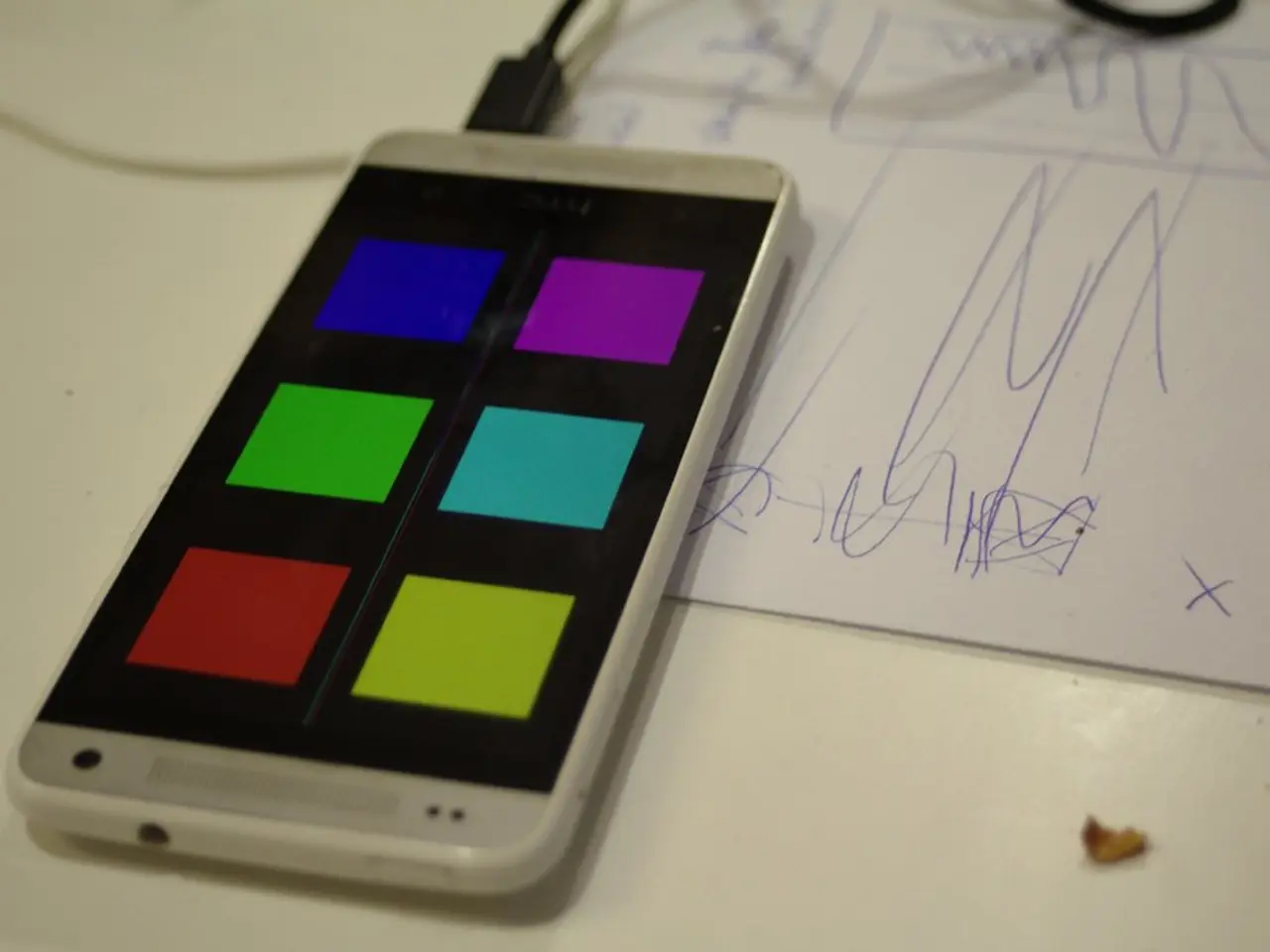Strategies for Secure Phone Charging
Choosing a Reliable Charger: A Guide for Safer Charging
In the digital age, a reliable charger is an essential item for keeping our devices powered. This article offers a comprehensive guide on how to identify reliable chargers online, focusing on factors such as compatibility, safety certifications, power output specifications, cable quality, customer reviews, and more.
First and foremost, ensure the charger is compatible with your device. Check the connector type (USB-C, Micro USB, Lightning) and supported charging standards like USB Power Delivery (PD) or Programmable Power Supply (PPS). For instance, the 737 Prime Charger, with its GaN technology, offers 3 ports and a 120W output, suitable for fast, efficient charging.
Look for certifications and standards compliance. USB-IF certification, CE marking, and official logos or Test-IDs confirm adherence to safety and performance regulations. For iPhone users, MFi certification is crucial.
Consider the power output specifications. Match your device’s maximum supported wattage and charging protocols. Fast charging requires a charger that supports the correct standard, such as USB-C PD for 20–65W output.
Quality materials matter. A high-quality charger paired with a poor cable reduces effectiveness and may be unsafe. For over 60W charging, use USB-C cables with E-Marker chips rated for 5A to ensure proper current and prevent overheating.
Read customer reviews and buy from reputable retailers offering warranties or return policies. Amazon is a good place to start for numerous positive reviews.
Specialized chargers, like magnetic cables, should be evaluated based on build quality (materials, magnetic strength) and length to suit your use case.
Be cautious about physical indicators like USB port or cable colours. While they can hint at speed standards, these are not standardized universally and vary by manufacturer.
Avoid dirt-cheap electronics. Choosing a reliable charger is crucial for charging safety.
General safety tips include: not charging in temperatures above 30°C, not covering devices while charging, not overloading wall outlets, and always unplugging after charging. When charging, avoid exposing devices to high temperatures and do not cover them while charging.
For safe disposal of damaged chargers or cables, consider Best Buy's recycling program. If a charger's cable is frayed or the pins are loose, it should be replaced.
Lastly, the article recommends visiting the website for a range of chargers and charging cables equipped with MultiProtect safety system. Using the 737 Prime Charger could save up to 796.39 million kWh per year, enough to power Hawaii for a month. Electrical Safety First, a UK charity, offers a 3-point safety test for checking charger safety on its website. Always avoid using damaged or unsafe chargers or cables.
- To ensure the best charging experience for your smartphones and gadgets, always consider the connector type and supported charging standards when choosing a charger.
- When making a decision on a new charger, look for certifications and standards compliance as they confirm adherence to safety and performance regulations, such as USB-IF certification for USB charging devices.




